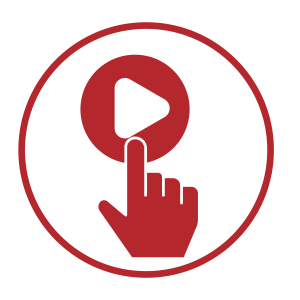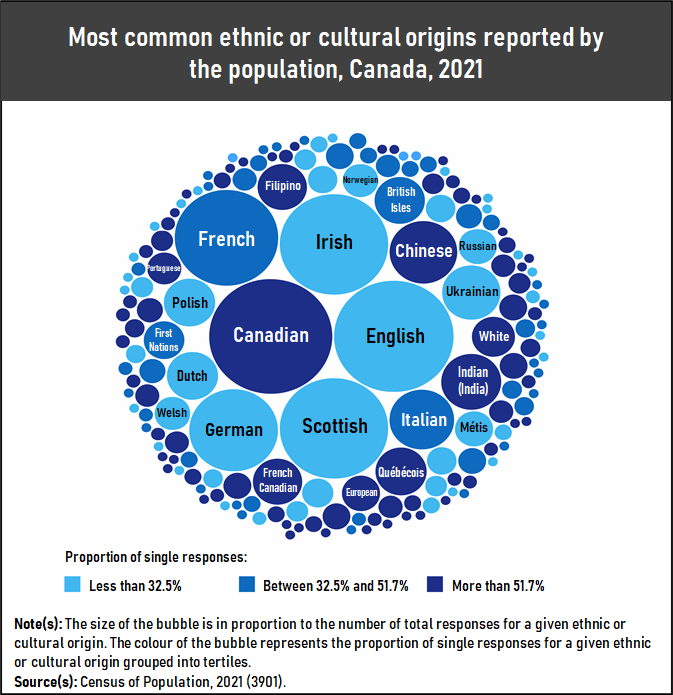17.1 What is Diversity?

Getting Started
How do you feel about diversity, equity, and inclusion? These questions will help you determine how the chapter concepts relate to you right now. As you are introduced to new concepts and practices, it can be informative to reflect on how your understanding changes over time.
Your Own Beliefs Exercise
Review this article: What is Your Diversity Quotient? and discuss one question under the heading “Questions on Diversity of Exposure and Experience” and one from “Questions on Network Diversity” with a small group within your class. It might be helpful to have your professor assign your group to talk about and share with the class.
What Diversity Really Means
Canada is a diverse country and that is represented in the Fanshawe College student population. But diversity means much more than a variety of racial and ethnic differences. These differences are an essential part of what enriches humanity.
Think back to where we investigated how we all learn differently. Our differences in attitude, motivation, learning preferences, and personalities make is all unique. By taking time to reflect on and be curious about how we are different, we can then explore the benefits of diversity for our society generally and for the college experience.
While we should all celebrate diversity, at the same time we need to acknowledge past issues that grew from misunderstandings of such differences and work together to bring change where needed. Sometimes these issues can be difficult to talk about and generate strong emotions.
Differences among people may involve where a person was born and raised, the person’s family and cultural group, factual differences in personal identity, and chosen differences in significant beliefs. Some diversity is primarily cultural, other diversity may be biological, and some diversity is defined in personal terms. Diversity generally involves things that may significantly affect some people’s perceptions of others, not just any way people happen to be different.
When discussing diversity, it is often difficult to avoid seeming to generalize about different types of people and such generalizations can seem similar to dangerous stereotypes. Individuals are different from other individuals in many possible ways and that we can all learn things from people whose ideas, beliefs, attitudes, values, backgrounds, experiences, and behaviours are different from our own.
Ethnicity or culture is only one way we are different.

Image Long Description
This bubble chart comprises the 168 ethnic or cultural origins reported most often by Canadians in the 2021 Census. As a percentage of total responses, the “Canadian” ethnic or cultural origin represents 15.6%; the “English” ethnic or cultural origin represents 14.7%; the “Irish” ethnic or cultural origin represents 12.1%; the “Scottish” ethnic or cultural origin represents 12.1%; the “French” ethnic or cultural origin represents 11.0%; the “German” ethnic or cultural origin represents 8.1%; the “Chinese” ethnic or cultural origin represents 4.7%; the “Italian” ethnic or cultural origin represents 4.3%; the “Indian (India)” ethnic or cultural origin represents 3.7%; the “Ukrainian” ethnic or cultural origin represents 3.5%; the “Québécois” ethnic or cultural origin represents 2.7%; the “Dutch” ethnic or cultural origin represents 2.7%; the “Polish” ethnic or cultural origin represents 2.7%; the “British Isles” ethnic or cultural origin represents 2.6%; the “Filipino” ethnic or cultural origin represents 2.5%; the “French Canadian” ethnic or cultural origin represents 2.5%; the “White” ethnic or cultural origin represents 1.9%; the “First Nations (North American Indian)” ethnic or cultural origin represents 1.7%; the “European” ethnic or cultural origin represents 1.5%; the “Métis” ethnic or cultural origin represents 1.5%; the “Russian” ethnic or cultural origin represents 1.5%; the “Norwegian” ethnic or cultural origin represents 1.3%; the “Welsh” ethnic or cultural origin represents 1.3%; the “Portuguese” ethnic or cultural origin represents 1.2%.
“5.2 What is Diversity?” & “5.1 Self-Assessment” from Fanshawe SOAR by Kristen Cavanagh is licensed under a Creative Commons Attribution-NonCommercial-ShareAlike 4.0 International License, except where otherwise noted.

